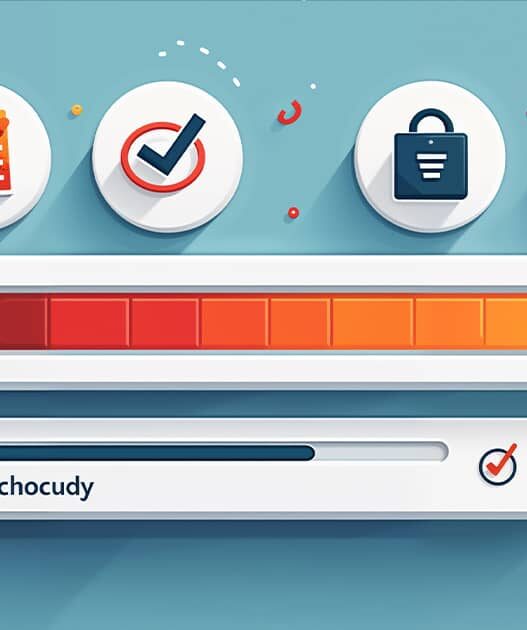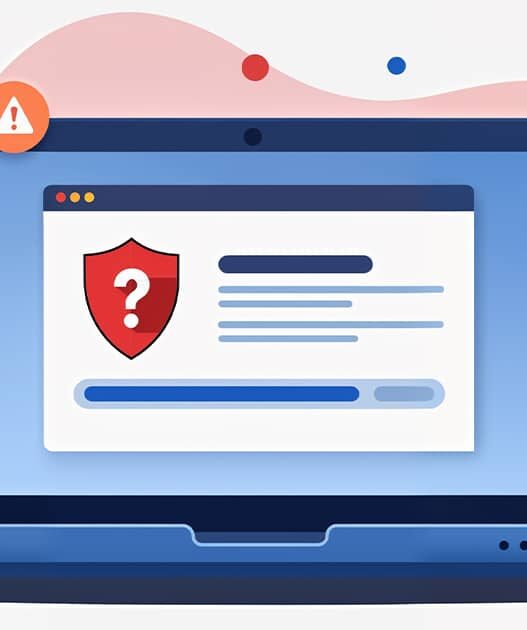Introduction
Torrenting has become a widely popular way of sharing files across the internet. Whether it’s movies, software, music, or games, torrenting offers a peer-to-peer (P2P) file-sharing method that makes downloading large files more efficient and decentralized. However, many people still don’t fully understand what torrenting is, how it works, and the risks involved.
In this guide, we’ll break down the basics of torrenting, how it works, and what you need to know to get started safely.
What is Torrenting?
At its core, torrenting is a form of file sharing using peer-to-peer technology. Instead of downloading a file from a single server, torrenting allows users to download parts of a file from many sources simultaneously. This speeds up the download process and reduces the strain on individual servers.
Key Concepts in Torrenting:
- Peers: These are other users who are downloading and uploading the same file.
- Seeders: People who have the entire file and are sharing it with others.
- Leechers: People who are downloading the file but are not sharing it yet.
- Trackers: Servers that help connect users and facilitate the torrenting process by keeping track of who is sharing and downloading.
How Does Torrenting Work?
When you torrent a file, you use a special type of software called a torrent client (like uTorrent or qBittorrent) that reads a small metadata file called a “torrent file.” This file doesn’t contain the actual content but provides information on how to connect with others sharing the file. The torrent client then starts downloading the file from multiple sources (peers) simultaneously.
How Files Are Shared Efficiently:
- Instead of one server uploading the entire file to multiple users, each user downloads small pieces of the file from different peers.
- Once you’ve downloaded a part of the file, you automatically begin sharing that part with others. This process is called seeding.
Is Torrenting Legal?
The legality of torrenting depends on what you’re downloading. Torrenting itself is just a file-sharing technology, which is legal. However, downloading copyrighted material (like movies, music, and software) without permission is illegal in many countries. Always ensure the content you’re downloading is legal and free to share.
Safe and Legal Torrent Uses:
- Open-source software: Many developers release their software as torrents to reduce bandwidth costs.
- Public domain content: Classic movies, books, and music that are free to distribute.
What Do You Need to Start Torrenting?
- Torrent Client: Download and install a torrent client like uTorrent, BitTorrent, or qBittorrent.
- Torrent Files or Magnet Links: Visit torrent websites and download the torrent file or click on magnet links that initiate the download in your torrent client.
- Security Measures: Always use a VPN when torrenting to protect your privacy and avoid potential legal issues.
Recommended Torrent Clients:
- qBittorrent: Free, open-source, and ad-free.
- uTorrent: Lightweight but has ads in the free version.
- BitTorrent: Popular, with a user-friendly interface.
The Importance of Using a VPN
One of the biggest risks of torrenting is exposing your IP address, which can be easily tracked by third parties, including your ISP or government agencies. To protect yourself, it’s highly recommended to use a VPN (Virtual Private Network). A VPN encrypts your internet connection, hiding your IP address and making your torrenting activity anonymous.
Best VPNs for Torrenting:
- ExpressVPN: Fast speeds and no logs policy, making it perfect for torrenting.
- NordVPN: Affordable and reliable, with excellent privacy features.
- CyberGhost: User-friendly, with servers optimized for P2P traffic.
Common Torrenting Terms You Should Know
- Swarm: The group of peers and seeders sharing the same torrent.
- Ratio: The balance between how much you upload and download. Maintaining a good ratio by seeding is important in private trackers.
- Magnet Links: A URL that contains all the metadata needed to start a torrent download without requiring a separate .torrent file.
Risks of Torrenting
While torrenting is a powerful tool, it does come with some risks. Downloading copyrighted content illegally can result in legal consequences, while downloading from untrusted sources may expose your device to malware and viruses.
How to Avoid Risks:
- Always use a VPN.
- Download from trusted torrent sites.
- Use an antivirus to scan downloaded files.
Conclusion
Torrenting is an efficient and decentralized way to share files, but it’s essential to understand how it works and the risks involved. By following best practices like using a VPN and only downloading legal content, you can enjoy torrenting safely and responsibly.
















